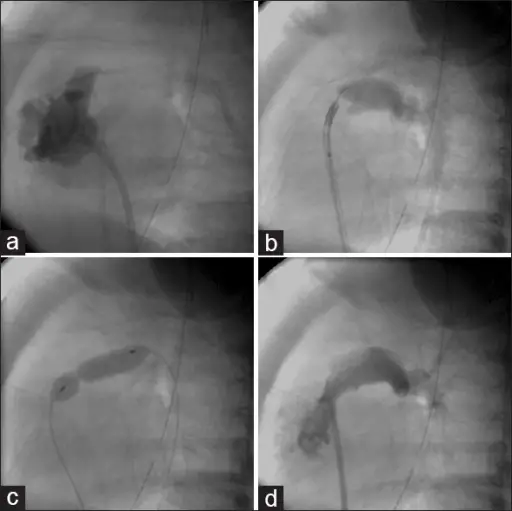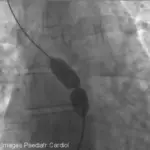Pulmonary atresia is a congenital defect that is characterized by absence of a pulmonary valve responsible for the regulation of blood flow from the heart to the lungs.
What is the Pathology of Pulmonary Atresia?
Pulmonary atresia pathology is characterized by the non-formation of the pulmonary valve, preventing blood from going to the lungs for oxygenation.
How does Pulmonary Atresia Present?
Pulmonary atresia is a critical congenital defect that necessitates intervention soon after birth; features of the condition include cyanosis, poor feeding, sleepiness, and difficulty breathing.
How is Pulmonary Atresia Diagnosed?
Pulmonary atresia is diagnosed through physical exam, 2D echo, cardiac catheterization and electrocardiogram.
How is Pulmonary Atresia Treated?
Pulmonary atresia treatment includes maintaining opening of ductus arteriosus for alternative blood flow, use of cardiac catheterization, and surgery for pulmonary valve repair of replacement.
What is the Prognosis of Pulmonary Atresia?
Pulmonary atresia prognosis is good for treated patients with no significant limitations, however, the untreated patients have a mortality rate of 50% at 1 year old.



